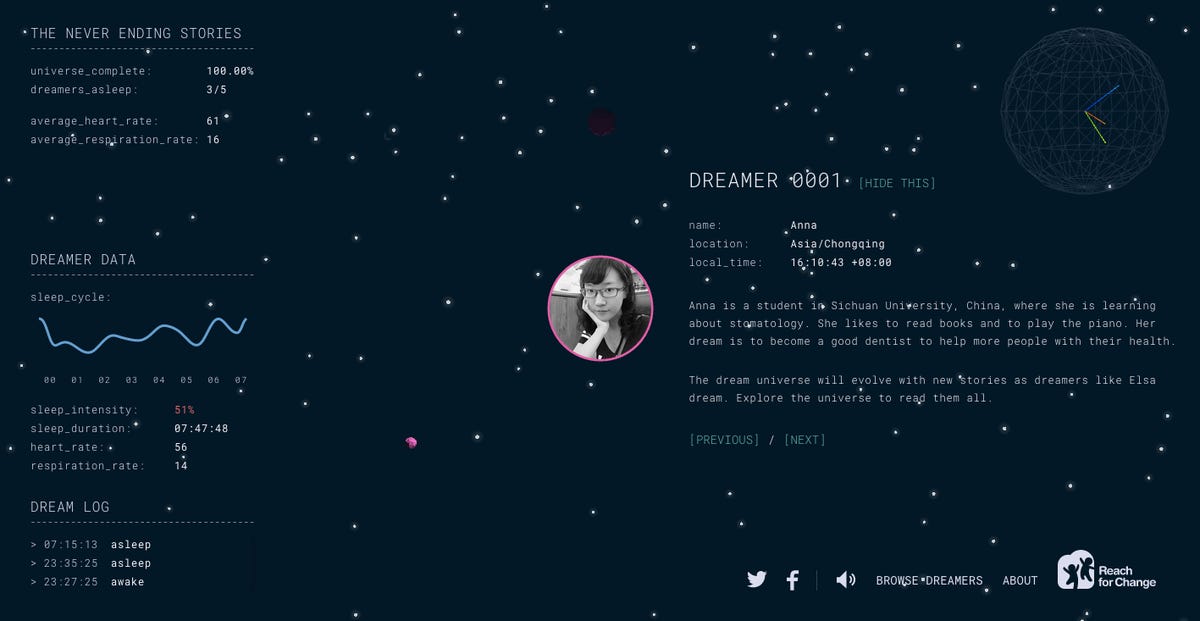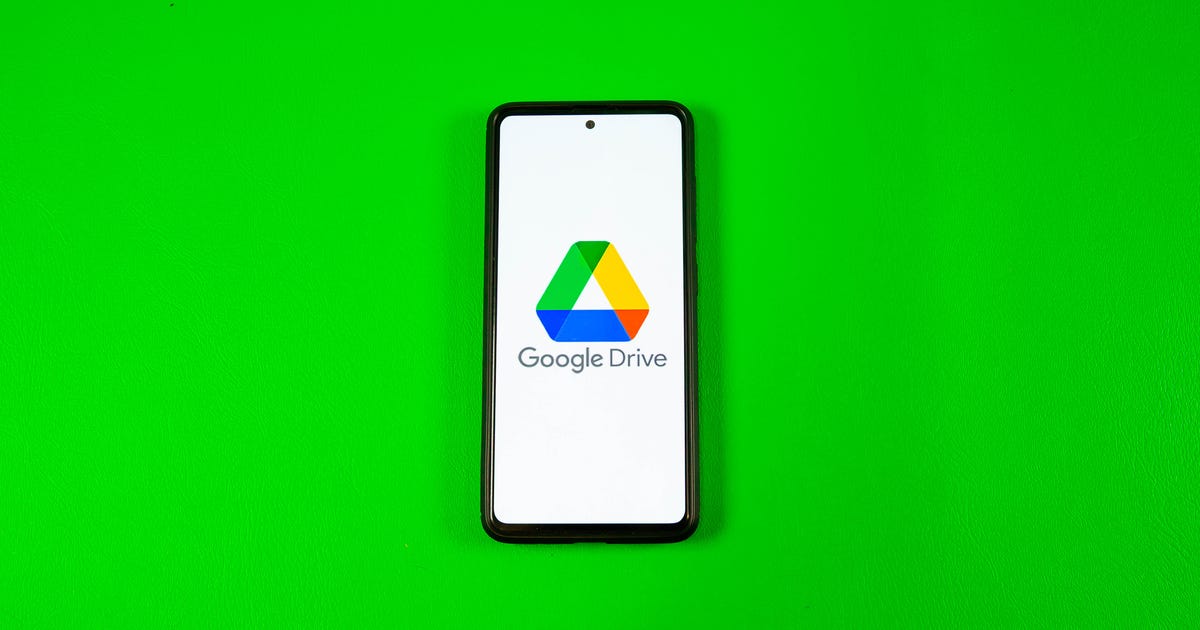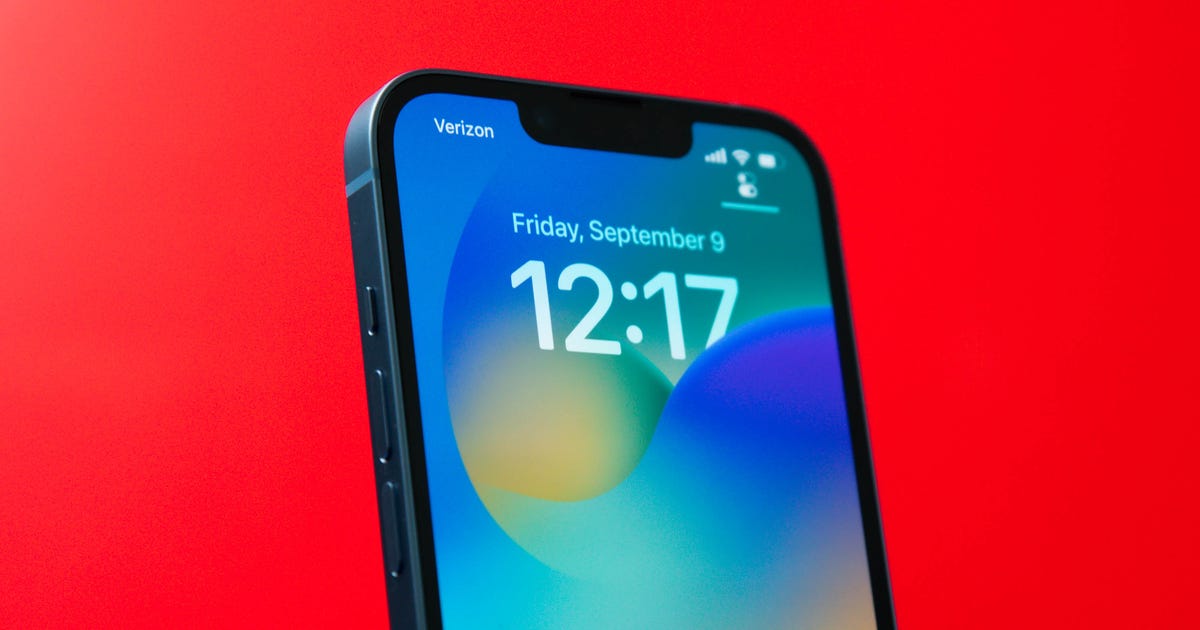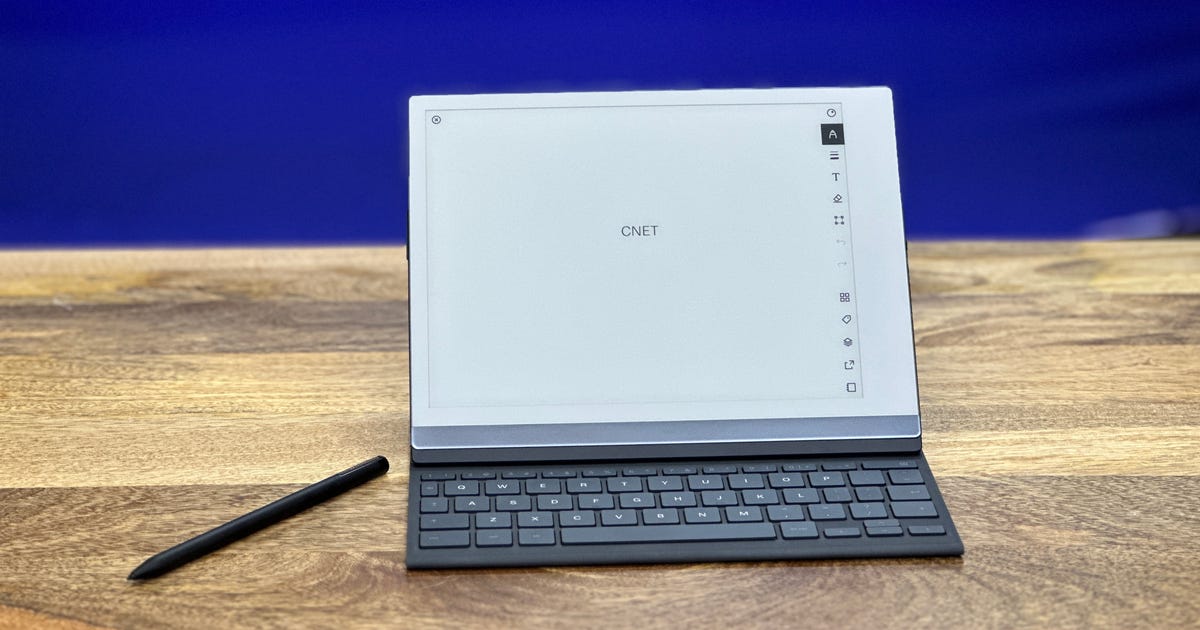Check Also
The US Is About to Exit a Long Dark Age of Lousy Headlights
[dzs_video source=”https://cnet.redvideo.io/2022/09/16/49769be8-2384-4b14-9e21-dd7391f645d1/adaptive-headlights-4kfinal_720h3200k.mp4″ cover=”https://www.cnet.com/a/img/resize/ddcd07e4d9afd5a49c8fdd756e1fb3514818d952/hub/2022/09/16/eeb958f1-4ba5-41ed-9dee-49607cb78be6/mazda-i-activsense-adaptive-led-headlamps-alh-mp4-00-01-04-10-still001.jpg?auto=webp&fit=cover&height=482&width=856″ config=”skinauroradefault” width=”100%” height=”600″ logo=”https://joggingvideo.com/wp-content/uploads/tdn_pic_2.png” config=”skinauroradefault” autoplay=”off” cue=”on” loop=”off” type=”video” logo=”0000″ logo_link=”5555″ responsive_ratio=”default” …
Real
 Enlarge Image
Enlarge ImageReach for Change
It could easily be said of the Internet, especially when referring to its early days, that it’s powered by dreamers. A new website called The Never Ending Stories can now literally make that claim. It’s being fueled by snoozers around the world.
Five participating sleepers are equipped with Beddit sensors , which monitor movement and vitals during slumber, sending data wirelessly via Bluetooth to an iPhone or Android device. In this case, the data interacts with The Never Ending Story website’s API to light up floating 3D objects when a volunteer sleeps.
It’s all a bit abstract, but like other recent examples of high-tech campaigns for good, it’s an innovative way to spotlight a cause. The site, navigated by clicking and dragging, is meant to highlight the work of Swedish nonprofit Reach for Change, which harnesses social entrepreneurs to improve the lives of children and wants to focus attention on problems such as the international refugee crisis and global warming.
Clicking on a pulsing object as it floats through the site’s digital black cosmos takes viewers to a story of a project realized through Reach for Change — a center for disabled children in Tanzania, for example, or woodworking workshop at a Russian orphanage.
“This site is powered by dreamers,” a description of it reads. “As they sleep, their dreams will illuminate stories that once started as a dream.”


Reach for Change
Visitors to the site can follow the sleepers’ collective physical stats in the site’s upper left, where text displays how many of them are asleep at any given time and shares their average heart and respiration rates.
It’s also possible to find out the names and backgrounds of individual sleepers, young social activists located in Ethiopia, Ghana, Sweden, China and the US, as well as information about their sleep intensity and duration. As of this writing, for example, a student named Anna in China, also known as Dreamer 0001, is asleep with a heart rate of 49 and a sleep intensity of 76 percent.
Cult movie “The NeverEnding Story” inspired the site. In that 1984 fantasy film, a young boy can only save a place from destruction through his imagination. While the site’s a great example of digital creativity, it sadly doesn’t actually offer a Webcam window into dreamers’ specific imaginings (maybe that will come in version 2.0).
Check Also
14 Hidden iPhone Features You Should Really Know About
It’s been over half a year since iOS 16 was released to the general public, yet there …
Real
The deadly alien that first stalked Arnold Schwarzenegger in 1987’s “Predator” just kept coming back in sequels. Now, humans (and other aliens) can fight back with wrist-worn weapons of their own based on the retractable blades shown in “AVP: Alien vs. Predator,” provided they have access to a blacksmith shop.
Related Links
- Real-life Legend of Zelda shield could withstand a medieval battle
- This Loki’s Staff from ‘The Avengers’ will strike fear into Hulk dolls everywhere
- Real ‘Game of Thrones’ Needle sword is as stabby as fictional one
The team behind “Man at Arms: Reforged” released a video on Monday showing Matt and Kerry Stagmer and their team of talented blacksmiths at Baltimore Knife & Sword building a Predator-style blade gauntlet from scratch.
The video shows the process from start to finish, going over the tools and materials used to complete the finished product so crafty folks can be inspired to make their own. And, of course, what build would be complete without a field test — it’s oddly satisfying to watch the blades leap out and then easily slice through a watermelon, soda bottles and a fake human head.
Check out the resulting carnage in the video above, and be sure to drop whatever you’re carrying and run the other way if you see these deadly blades coming your way.
Check Also
The M2 MacBook Air Is the Ultimate Laptop Gift
This story is part of 84 Days of Holiday, a collection that helps you find …
Real

Screenshot by Michelle Starr/CNET
Google Glass is fitted with a microphone and installed with speech-recognition software, which allows the wearer to talk to the device to give it instructions. This software has been refined to a point where it is now reasonable to expect very few errors — but what Google Glass is not so good at is picking up sounds from farther away.
The wearable head-up display’s potential for the hearing impaired, though, did not go unnoticed by a team of researchers at Georgia Institute of Technology. They found a way to circumvent the limitation’s of Glass’ microphone to create an app that captions conversations in real-time.
Captioning on Glass adds an Android smartphone to the mix. The speaker talks directly into the smartphone’s microphone; the free CoG Android app translates the speech into text using Google’s own speech recognition software and sends it to the free Captioning on Glass Glassware.
Related articles
- ‘Made for iPhone’ hearing aids aim to shake stigma
- Trouble hearing that caller? Phone captions your calls
The app was developed by the team when School of Interactive Computing Professor Jim Foley found he was having trouble hearing — and thought that Google Glass might be able to help.
“This system allows wearers like me to focus on the speaker’s lips and facial gestures,” Professor Foley said. “If hard-of-hearing people understand the speech, the conversation can continue immediately without waiting for the caption. However, if I miss a word, I can glance at the transcription, get the word or two I need and get back into the conversation.”
Although the added smartphone might seem unwieldy to some, the project’s leader, Professor Thad Starner, said that it was actually helpful in that holding a physical object made people think more carefully about what they were saying and how, reducing the number of speech disfluencies. He also noted that it was far superior than relying on the Google Glass microphone in terms of sound quality.
“Glass has its own microphone, but it’s designed for the wearer,” Professor Starner said. “The mobile phone puts a microphone directly next to the speaker’s mouth, reducing background noise and helping to eliminate errors.”
The team is working on a similar app designed to translate spoken language using an Android app on a smartphone, sending the translation to Google Glass. So far, the project has two-way translations for English, Spanish, French, Russian, Korean and Japanese. This app will be launched in the near future.
“For both uses, the person wearing Glass has to hand their smartphone to someone else to begin a conversation,” said Professor Starner. “It’s not ideal for strangers, but we designed the program to be used among friends, trusted acquaintances or while making purchases.”
You can grab Captioning on Glass for Android on Google Play, and Captioning on Glass for Google Glass from the MyGlass marketplace.
Check Also
14 Hidden iPhone Features You Should Really Know About
It’s been over half a year since iOS 16 was released to the general public, yet there …
Real

The famous light cycles from the movie Tron are back in the sequel, Tron Legacy, for which there’s already plenty of buzz. In an act of canny marketing, Coca-Cola has developed a game that lets you play light cycles in the real world using a smart phone.
Available as a free download for the iPhone and coming soon for Android, Coke’s LiveCycle game allows you to use your smart phone’s GPS capabilities to track your movements in large, open areas, creating a light wall. Like Jeff Bridges, your aim is to make your opponents crash into it.
At the moment, it is only a single-player affair, but Coke says updates will allow you to play with your friends. Cool huh? Now, we know what you are thinking — what’s stopping you from playing this game on real bikes? Coke has made it very, very clear that you shouldn’t play this game with any type of vehicle. The app even warns you of this a couple of times before you play.
It’s a sensible move, although we can also see accidents happening with people walking in strange directions on the street, their eyes fixated on their phones. In order to prevent more serious accidents, the developers included a fail-safe, where your speed affects the power of your light cycle. If you go too fast, you’ll deplete the cycle’s power, and you’ll need to stop and charge.
So there’s no point powering up your motorbike in an attempt to create a real-life death race, because it won’t work.
It’s an interesting way to use augmented reality to hype up a movie, which, to be perfectly honest, doesn’t need any more hyping. The Tron sequel is out on 17 December. Watch the original light cycle scene below, and feel the memories flooding back.
Check Also
8 New Google Products We Expect to See This Year
Google’s device line could end up having a particularly important moment in 2023. The company …













